�
Manifold LearningTheory and Applications
This page intentionally left blank
This page intentionally left blank
�
�
CRC Press
Taylor & Francis Group
6000 Broken Sound Parkway NW, Suite 300
Boca Raton, FL 33487-2742
© 2012 by Taylor & Francis Group, LLC
CRC Press is an imprint of Taylor & Francis Group, an Informa business
No claim to original U.S. Government works
Version Date: 20111110
International Standard Book Number-13: 978-1-4398-7110-2 (eBook - PDF)
This book contains information obtained from authentic and highly regarded sources. Reasonable efforts have been
made to publish reliable data and information, but the author and publisher cannot assume responsibility for the valid-
ity of all materials or the consequences of their use. The authors and publishers have attempted to trace the copyright
holders of all material reproduced in this publication and apologize to copyright holders if permission to publish in this
form has not been obtained. If any copyright material has not been acknowledged please write and let us know so we may
rectify in any future reprint.
Except as permitted under U.S. Copyright Law, no part of this book may be reprinted, reproduced, transmitted, or uti-
lized in any form by any electronic, mechanical, or other means, now known or hereafter invented, including photocopy-
ing, microfilming, and recording, or in any information storage or retrieval system, without written permission from the
publishers.
For permission to photocopy or use material electronically from this work, please access www.copyright.com (http://
www.copyright.com/) or contact the Copyright Clearance Center, Inc. (CCC), 222 Rosewood Drive, Danvers, MA 01923,
978-750-8400. CCC is a not-for-profit organization that provides licenses and registration for a variety of users. For
organizations that have been granted a photocopy license by the CCC, a separate system of payment has been arranged.
Trademark Notice: Product or corporate names may be trademarks or registered trademarks, and are used only for
identification and explanation without intent to infringe.
Visit the Taylor & Francis Web site at
http://www.taylorandfrancis.com
and the CRC Press Web site at
http://www.crcpress.com
�
Contents
List of Figures
List of Tables
Preface
Editors
Contributors
1 Spectral Embedding Methods for Manifold Learning
Alan Julian Izenman
1.1
1.2 Spaces and Manifolds
Introduction . . . . . . . . . . . . . . . . . . . . . . . . . . . . . . . . . . . .
. . . . . . . . . . . . . . . . . . . . . . . . . . . . . .
1.2.1 Topological Spaces . . . . . . . . . . . . . . . . . . . . . . . . . . . .
1.2.2 Topological Manifolds . . . . . . . . . . . . . . . . . . . . . . . . . .
1.2.3 Riemannian Manifolds . . . . . . . . . . . . . . . . . . . . . . . . . .
. . . . . . . . . . . . . . . . . . . . . . . . . .
1.2.4 Curves and Geodesics
1.3 Data on Manifolds . . . . . . . . . . . . . . . . . . . . . . . . . . . . . . . .
1.4 Linear Manifold Learning . . . . . . . . . . . . . . . . . . . . . . . . . . . .
. . . . . . . . . . . . . . . . . . . . .
1.4.1 Principal Component Analysis
1.4.2 Multidimensional Scaling . . . . . . . . . . . . . . . . . . . . . . . .
1.5 Nonlinear Manifold Learning . . . . . . . . . . . . . . . . . . . . . . . . . .
1.5.1
Isomap . . . . . . . . . . . . . . . . . . . . . . . . . . . . . . . . . .
1.5.2 Local Linear Embedding . . . . . . . . . . . . . . . . . . . . . . . . .
1.5.3 Laplacian Eigenmaps . . . . . . . . . . . . . . . . . . . . . . . . . . .
1.5.4 Diffusion Maps . . . . . . . . . . . . . . . . . . . . . . . . . . . . . .
1.5.5 Hessian Eigenmaps . . . . . . . . . . . . . . . . . . . . . . . . . . . .
1.5.6 Nonlinear PCA . . . . . . . . . . . . . . . . . . . . . . . . . . . . . .
1.6 Summary . . . . . . . . . . . . . . . . . . . . . . . . . . . . . . . . . . . . .
1.7 Acknowledgment . . . . . . . . . . . . . . . . . . . . . . . . . . . . . . . . .
Bibliography . . . . . . . . . . . . . . . . . . . . . . . . . . . . . . . . . . . .
v
xi
xvii
xix
xxi
xxiii
1
1
3
3
4
5
6
7
7
8
11
14
15
20
22
23
26
27
32
32
32
�
vi
Contents
2 Robust Laplacian Eigenmaps Using Global Information
Shounak Roychowdhury and Joydeep Ghosh
2.1
Introduction . . . . . . . . . . . . . . . . . . . . . . . . . . . . . . . . . . . .
2.2 Graph Laplacian . . . . . . . . . . . . . . . . . . . . . . . . . . . . . . . . .
2.2.1 Definitions
. . . . . . . . . . . . . . . . . . . . . . . . . . . . . . . .
2.2.2 Laplacian of Graph Sum . . . . . . . . . . . . . . . . . . . . . . . . .
2.3 Global Information of Manifold . . . . . . . . . . . . . . . . . . . . . . . . .
2.4 Laplacian Eigenmaps with Global Information . . . . . . . . . . . . . . . .
2.5 Experiments . . . . . . . . . . . . . . . . . . . . . . . . . . . . . . . . . . . .
2.5.1 LEM Results . . . . . . . . . . . . . . . . . . . . . . . . . . . . . . .
2.5.2 GLEM Results . . . . . . . . . . . . . . . . . . . . . . . . . . . . . .
2.6 Summary . . . . . . . . . . . . . . . . . . . . . . . . . . . . . . . . . . . . .
2.7 Bibliographical and Historical Remarks
. . . . . . . . . . . . . . . . . . . .
Bibliography . . . . . . . . . . . . . . . . . . . . . . . . . . . . . . . . . . .
3 Density Preserving Maps
Arkadas Ozakin, Nikolaos Vasiloglou II, Alexander Gray
3.1
Introduction . . . . . . . . . . . . . . . . . . . . . . . . . . . . . . . . . . . .
3.2 The Existence of Density Preserving Maps . . . . . . . . . . . . . . . . . . .
3.2.1 Moser’s Theorem and Its Corollary on Density Preserving Maps
. .
3.2.2 Dimensional Reduction to Rd . . . . . . . . . . . . . . . . . . . . . .
. . . . . . . . . . . . . . . . . . . . . .
3.2.3
3.3 Density Estimation on Submanifolds . . . . . . . . . . . . . . . . . . . . . .
3.3.1
Introduction . . . . . . . . . . . . . . . . . . . . . . . . . . . . . . .
3.3.2 Motivation for the Submanifold Estimator . . . . . . . . . . . . . . .
3.3.3
Statement of the Theorem . . . . . . . . . . . . . . . . . . . . . . . .
3.3.4 Curse of Dimensionality in KDE . . . . . . . . . . . . . . . . . . . .
Intuition on Non-Uniqueness
3.4 Preserving the Estimated Density:
The Optimization . . . . . . . . . . . . . . . . . . . . . . . . . . . . . . . . .
3.4.1 Preliminaries . . . . . . . . . . . . . . . . . . . . . . . . . . . . . . .
3.4.2 The Optimization . . . . . . . . . . . . . . . . . . . . . . . . . . . .
3.4.3 Examples . . . . . . . . . . . . . . . . . . . . . . . . . . . . . . . . .
3.5 Summary . . . . . . . . . . . . . . . . . . . . . . . . . . . . . . . . . . . . .
3.6 Bibliographical and Historical Remarks
. . . . . . . . . . . . . . . . . . . .
Bibliography . . . . . . . . . . . . . . . . . . . . . . . . . . . . . . . . . . .
4 Sample Complexity in Manifold Learning
Hariharan Narayanan
4.1
Introduction . . . . . . . . . . . . . . . . . . . . . . . . . . . . . . . . . . . .
4.2 Sample Complexity of Classification on a Manifold . . . . . . . . . . . . . .
4.2.1 Preliminaries . . . . . . . . . . . . . . . . . . . . . . . . . . . . . . .
4.2.2 Remarks . . . . . . . . . . . . . . . . . . . . . . . . . . . . . . . . . .
4.3 Learning Smooth Class Boundaries . . . . . . . . . . . . . . . . . . . . . . .
4.3.1 Volumes of Balls in a Manifold . . . . . . . . . . . . . . . . . . . . .
4.3.2 Partitioning the Manifold . . . . . . . . . . . . . . . . . . . . . . . .
4.3.3 Constructing Charts by Projecting onto Euclidean Balls . . . . . . .
4.3.4 Proof of Theorem 2 . . . . . . . . . . . . . . . . . . . . . . . . . . .
. . . . . . . . . . .
4.4 Sample Complexity of Testing the Manifold Hypothesis
37
37
38
38
38
39
40
40
43
47
53
53
54
57
57
58
58
60
60
61
61
61
62
63
64
64
65
67
69
69
71
73
73
74
74
74
74
76
77
77
78
83
�
Contents
4.5 Connections and Related Work . . . . . . . . . . . . . . . . . . . . . . . . .
4.6 Sample Complexity of Empirical Risk Minimization . . . . . . . . . . . . .
4.6.1 Bounded Intrinsic Curvature . . . . . . . . . . . . . . . . . . . . . .
4.6.2 Bounded Extrinsic Curvature . . . . . . . . . . . . . . . . . . . . . .
. . . . . . . . . . . . . .
4.7 Relating Bounded Curvature to Covering Number
. . . . . . . . . . . .
4.8 Class of Manifolds with a Bounded Covering Number
4.9 Fat-Shattering Dimension and Random Projections . . . . . . . . . . . . . .
4.10 Minimax Lower Bounds on the Sample Complexity . . . . . . . . . . . . . .
4.11 Algorithmic Implications . . . . . . . . . . . . . . . . . . . . . . . . . . . . .
4.11.1 k-Means . . . . . . . . . . . . . . . . . . . . . . . . . . . . . . . . . .
4.11.2 Fitting Piecewise Linear Curves . . . . . . . . . . . . . . . . . . . . .
4.12 Summary . . . . . . . . . . . . . . . . . . . . . . . . . . . . . . . . . . . . .
Bibliography . . . . . . . . . . . . . . . . . . . . . . . . . . . . . . . . . . . .
5 Manifold Alignment
Chang Wang, Peter Krafft, and Sridhar Mahadevan
5.1
5.2 Formalization and Analysis
Introduction . . . . . . . . . . . . . . . . . . . . . . . . . . . . . . . . . . . .
5.1.1 Problem Statement . . . . . . . . . . . . . . . . . . . . . . . . . . . .
5.1.2 Overview of the Algorithm . . . . . . . . . . . . . . . . . . . . . . .
. . . . . . . . . . . . . . . . . . . . . . . . . . .
5.2.1 Loss Functions . . . . . . . . . . . . . . . . . . . . . . . . . . . . . .
5.2.2 Optimal Solutions
. . . . . . . . . . . . . . . . . . . . . . . . . . . .
5.2.3 The Joint Laplacian Manifold Alignment Algorithm . . . . . . . . .
5.3 Variants of Manifold Alignment . . . . . . . . . . . . . . . . . . . . . . . . .
5.3.1 Linear Restriction . . . . . . . . . . . . . . . . . . . . . . . . . . . .
5.3.2 Hard Constraints . . . . . . . . . . . . . . . . . . . . . . . . . . . . .
5.3.3 Multiscale Alignment
. . . . . . . . . . . . . . . . . . . . . . . . . .
5.3.4 Unsupervised Alignment . . . . . . . . . . . . . . . . . . . . . . . . .
. . . . . . . . . . . . . . . . . . . . . . . . . . . . . .
5.4.1 Protein Alignment . . . . . . . . . . . . . . . . . . . . . . . . . . . .
5.4.2 Parallel Corpora . . . . . . . . . . . . . . . . . . . . . . . . . . . . .
5.4.3 Aligning Topic Models . . . . . . . . . . . . . . . . . . . . . . . . . .
5.5 Summary . . . . . . . . . . . . . . . . . . . . . . . . . . . . . . . . . . . . .
5.6 Bibliographical and Historical Remarks
. . . . . . . . . . . . . . . . . . . .
5.7 Acknowledgments . . . . . . . . . . . . . . . . . . . . . . . . . . . . . . . . .
Bibliography . . . . . . . . . . . . . . . . . . . . . . . . . . . . . . . . . . . .
5.4 Application Examples
6 Large-Scale Manifold Learning
Ameet Talwalkar, Sanjiv Kumar, Mehryar Mohri, Henry Rowley
6.1
Introduction . . . . . . . . . . . . . . . . . . . . . . . . . . . . . . . . . . . .
6.2 Background . . . . . . . . . . . . . . . . . . . . . . . . . . . . . . . . . . . .
6.2.1 Notation . . . . . . . . . . . . . . . . . . . . . . . . . . . . . . . . . .
6.2.2 Nystr¨om Method . . . . . . . . . . . . . . . . . . . . . . . . . . . . .
6.2.3 Column Sampling Method . . . . . . . . . . . . . . . . . . . . . . . .
. . . . . . . . . . . . . . . . . . . . . . .
Singular Values and Singular Vectors . . . . . . . . . . . . . . . . . .
6.3.1
6.3.2 Low-Rank Approximation . . . . . . . . . . . . . . . . . . . . . . . .
6.3.3 Experiments
. . . . . . . . . . . . . . . . . . . . . . . . . . . . . . .
6.4 Large-Scale Manifold Learning . . . . . . . . . . . . . . . . . . . . . . . . .
6.3 Comparison of Sampling Methods
vii
84
85
85
85
86
86
88
89
91
91
91
91
92
95
95
98
98
99
99
103
103
103
104
106
106
108
109
109
111
114
117
117
118
119
121
121
122
123
124
124
125
125
125
127
129
�

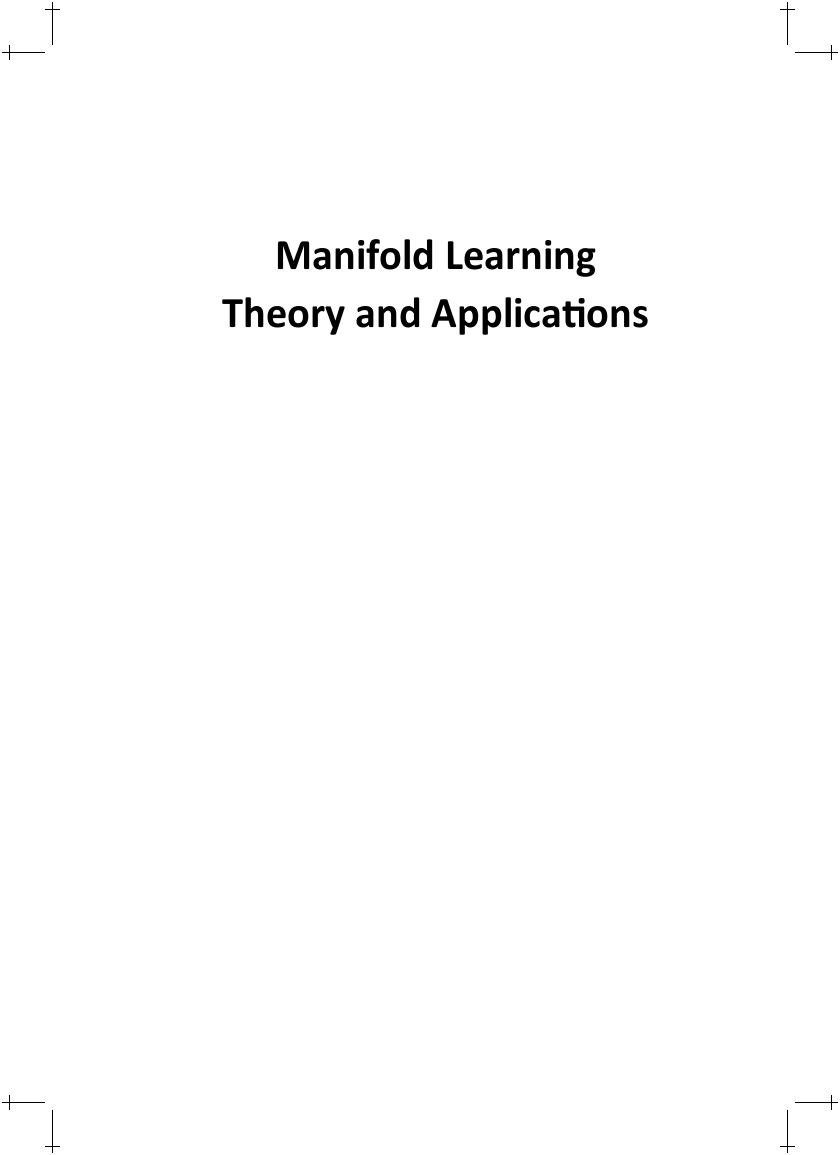

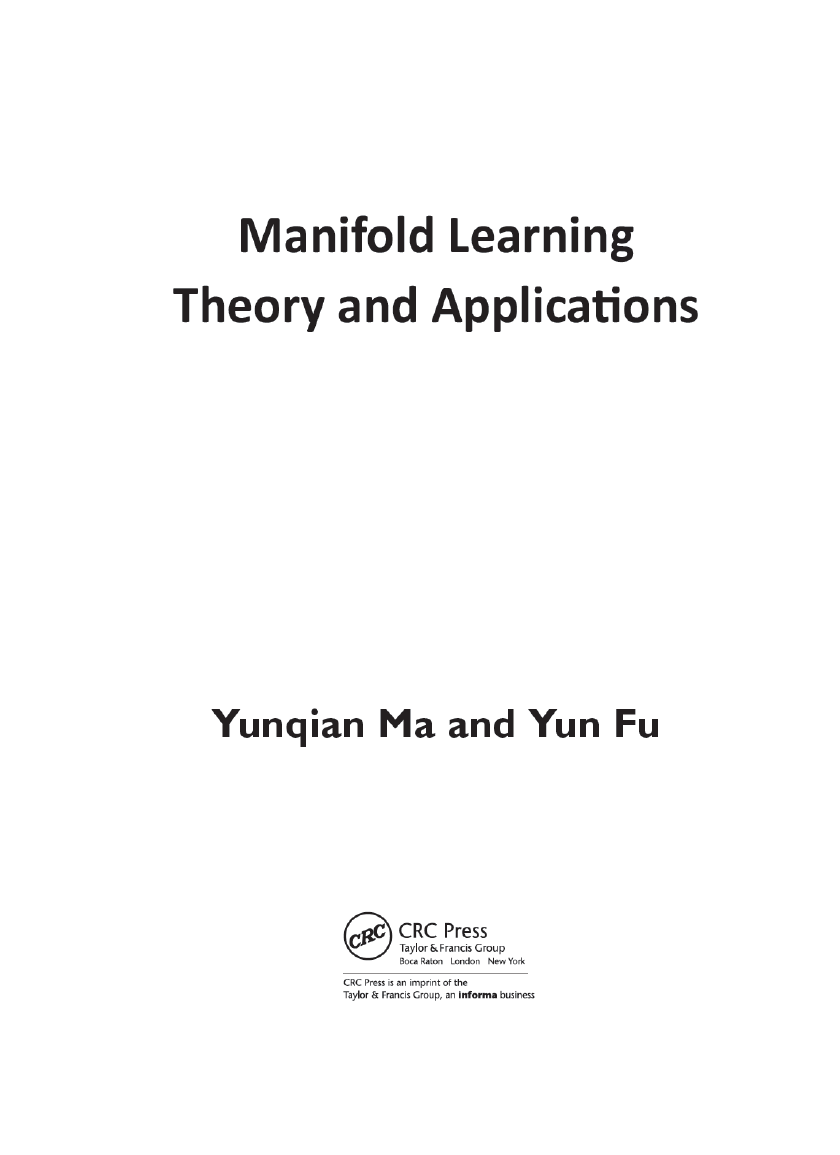
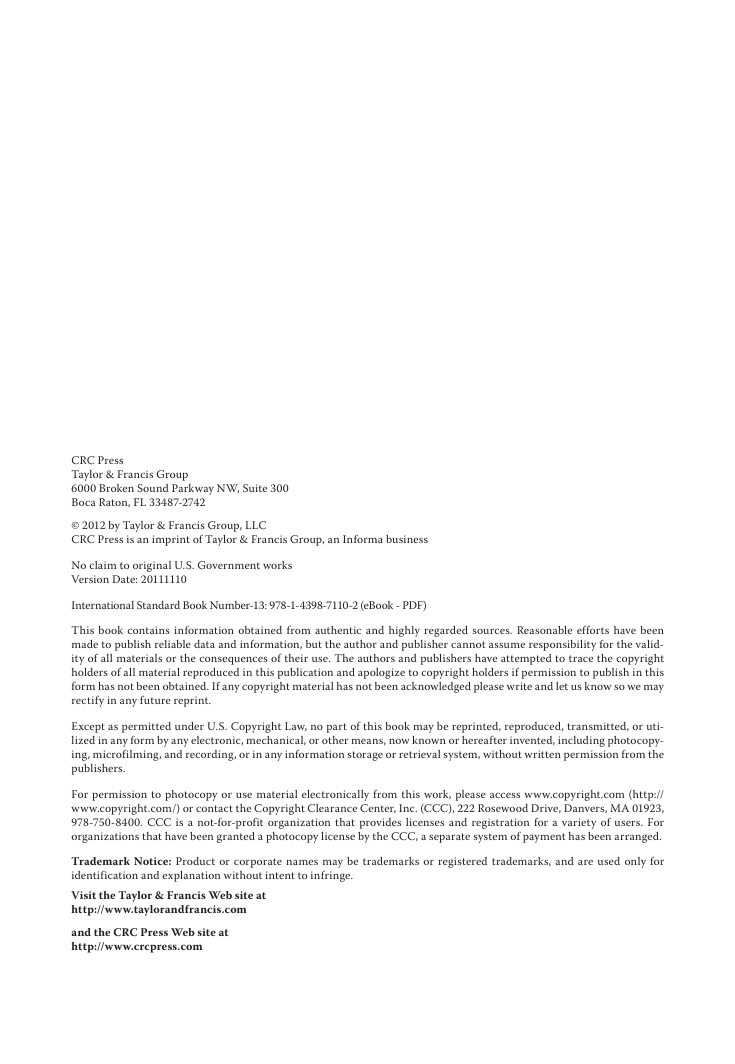
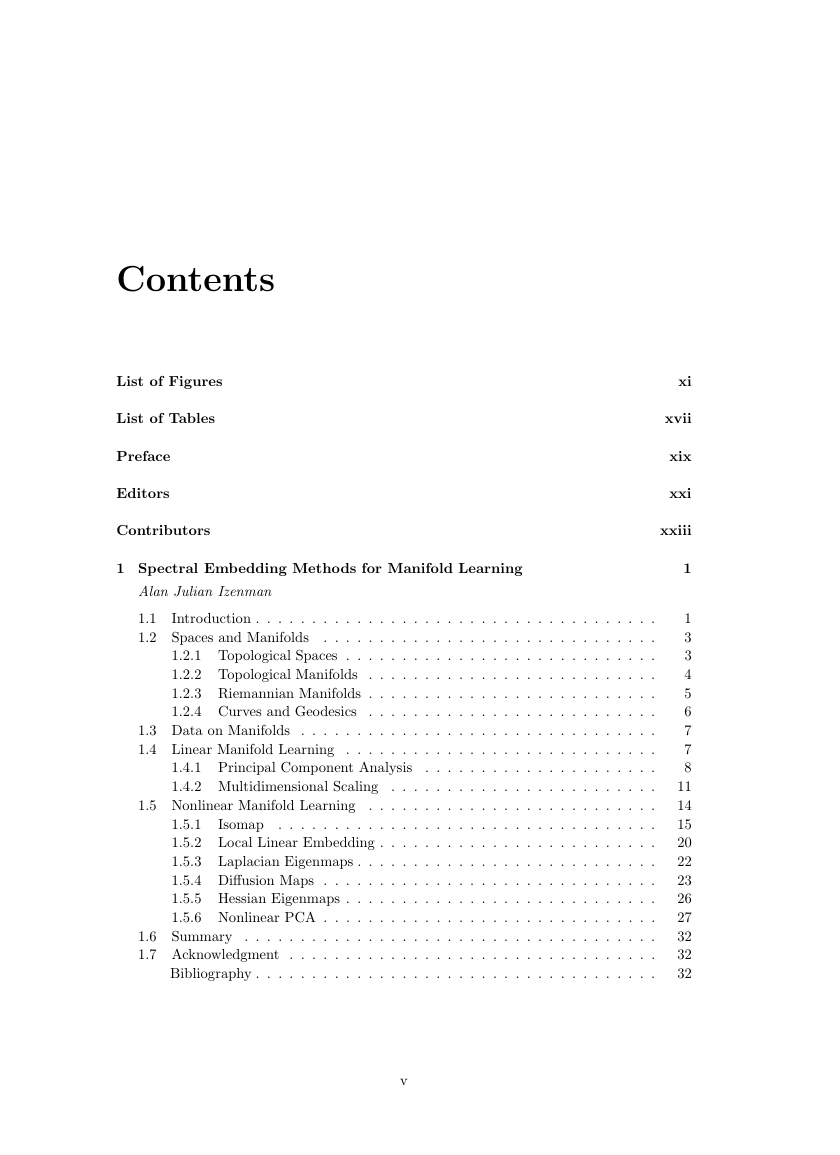
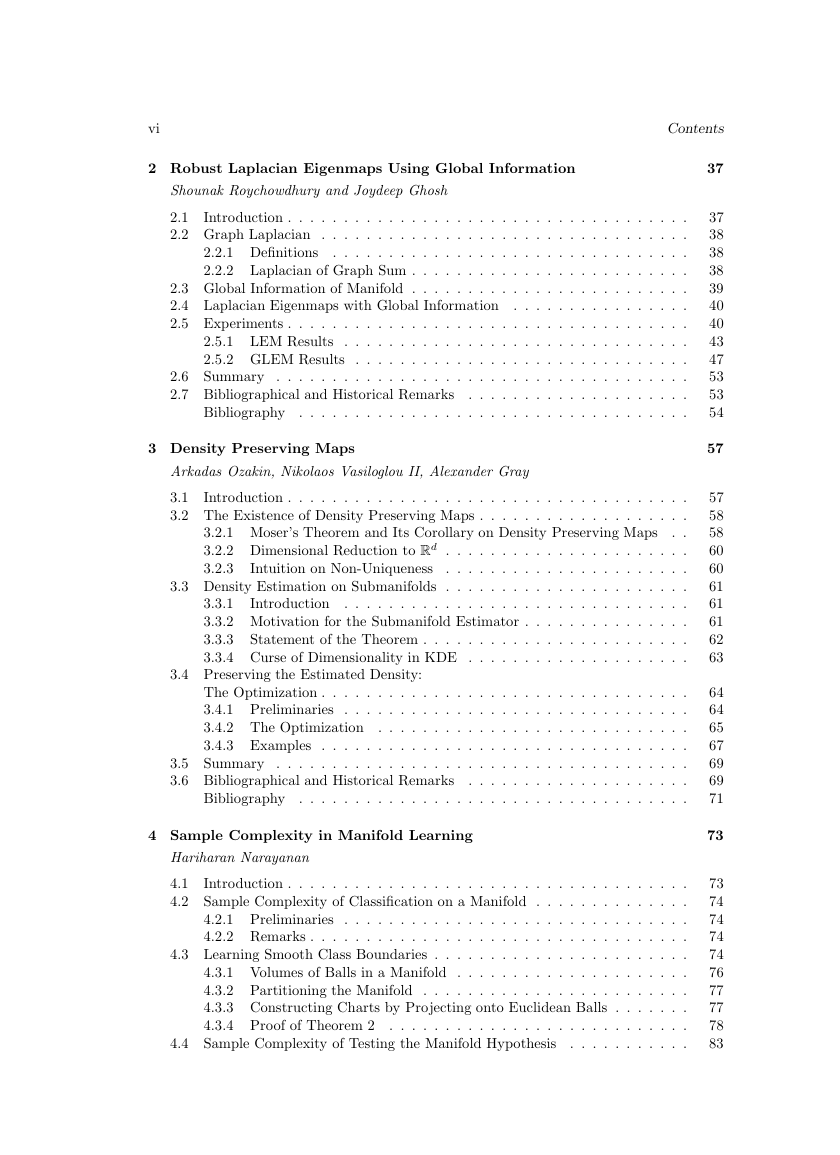
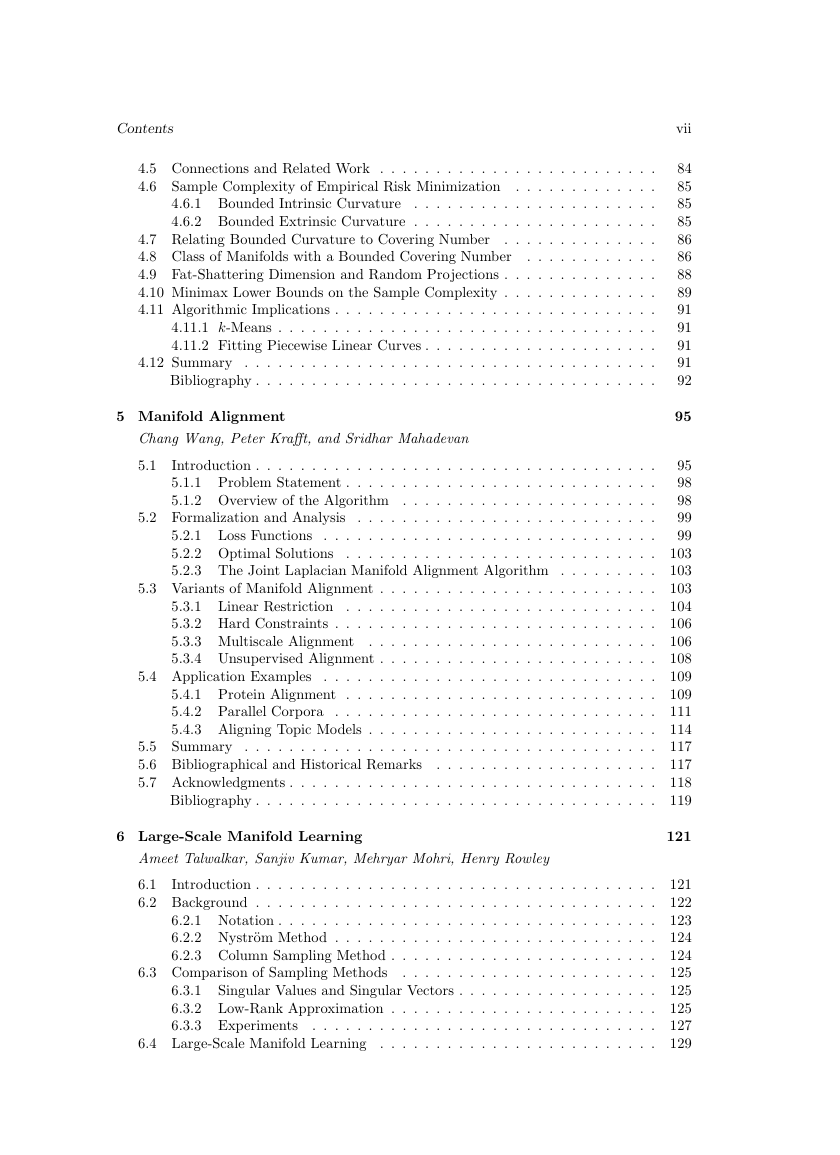








 2023年江西萍乡中考道德与法治真题及答案.doc
2023年江西萍乡中考道德与法治真题及答案.doc 2012年重庆南川中考生物真题及答案.doc
2012年重庆南川中考生物真题及答案.doc 2013年江西师范大学地理学综合及文艺理论基础考研真题.doc
2013年江西师范大学地理学综合及文艺理论基础考研真题.doc 2020年四川甘孜小升初语文真题及答案I卷.doc
2020年四川甘孜小升初语文真题及答案I卷.doc 2020年注册岩土工程师专业基础考试真题及答案.doc
2020年注册岩土工程师专业基础考试真题及答案.doc 2023-2024学年福建省厦门市九年级上学期数学月考试题及答案.doc
2023-2024学年福建省厦门市九年级上学期数学月考试题及答案.doc 2021-2022学年辽宁省沈阳市大东区九年级上学期语文期末试题及答案.doc
2021-2022学年辽宁省沈阳市大东区九年级上学期语文期末试题及答案.doc 2022-2023学年北京东城区初三第一学期物理期末试卷及答案.doc
2022-2023学年北京东城区初三第一学期物理期末试卷及答案.doc 2018上半年江西教师资格初中地理学科知识与教学能力真题及答案.doc
2018上半年江西教师资格初中地理学科知识与教学能力真题及答案.doc 2012年河北国家公务员申论考试真题及答案-省级.doc
2012年河北国家公务员申论考试真题及答案-省级.doc 2020-2021学年江苏省扬州市江都区邵樊片九年级上学期数学第一次质量检测试题及答案.doc
2020-2021学年江苏省扬州市江都区邵樊片九年级上学期数学第一次质量检测试题及答案.doc 2022下半年黑龙江教师资格证中学综合素质真题及答案.doc
2022下半年黑龙江教师资格证中学综合素质真题及答案.doc